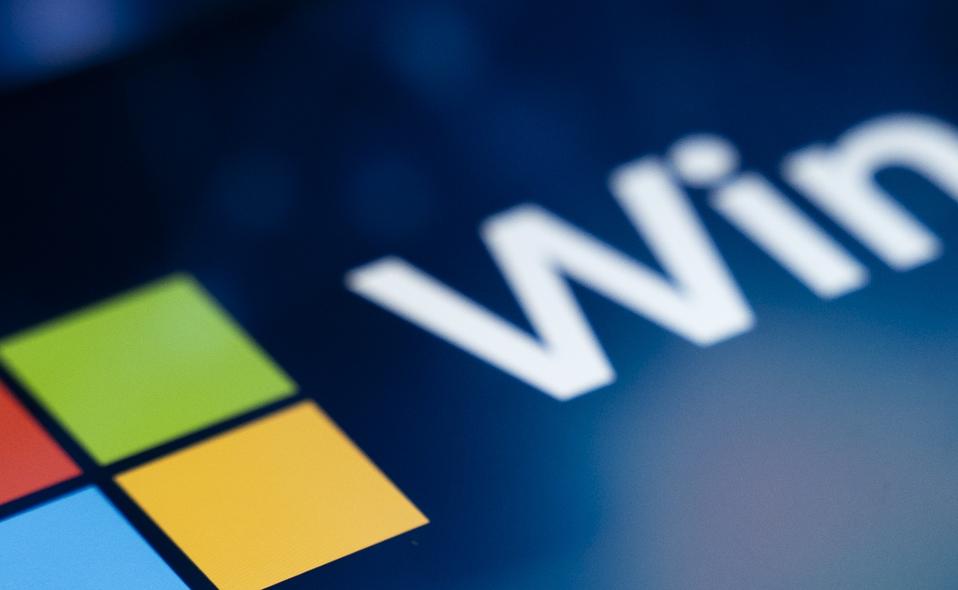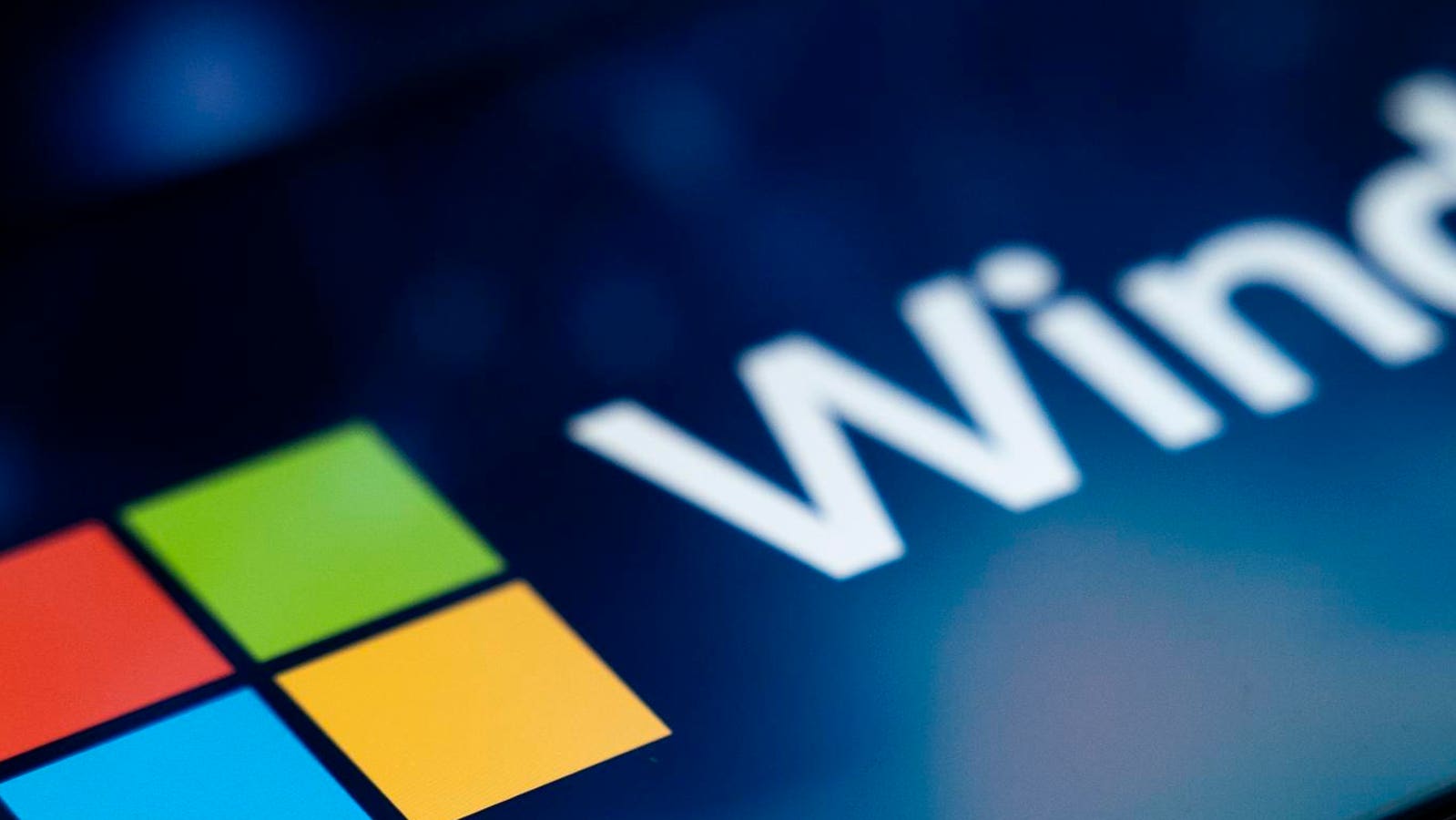
The deadline is nearly here — what happens now?
NurPhoto via Getty Images
Republished on October 12 with a new report into what millions of users can expect from a Windows 10 PC over the coming months.
Hundreds of millions of Microsoft users are understandably confused. If you’re running Windows 10 because you can’t or won’t upgrade, what exactly happens on October 14—just two days from now? Does the end-of-life “security disaster” hit immediately?
First, some assurance. Yes, you need to opt into Microsoft’s free extended support program before October 14 to ensure your security updates are seamless and there’s no period when you’re off support. But you should already have October’s update, so this probably won’t impact you for a month, although losing support is a risk to avoid.
Second, some clarity. Yes, you should act before October 14, but you can opt into that ESU program at any time until it expires on October 14, 2026. Be warned, though, you won’t receive security updates from October 14, 2025 until you do opt in. Once you do, all updates you have missed will be installed on your Windows 10 PC.
ForbesSamsung Surprises Galaxy Users With Android Upgrade ChangeBy Zak Doffman
There are some suggestions that if you miss the deadline, you can’t opt into the program. That’s not the case, but Microsoft does warn “devices will be more vulnerable and susceptible to viruses and malware before enrollment.”
Enrolling in that ESU does not stop you upgrading your PC to Windows 11 if you change your mind. As long as the PC is eligible, of course. But on this, the security and privacy experts at Kaspersky have some interesting new advice.
“Microsoft’s recent updates to restrict workarounds for local account creation in Windows 11 raise implications for user privacy,” the team told me, “even if the intent is to improve security through features such as automatic updates.”
“Requiring a Microsoft account during setup integrates the device into Microsoft’s ecosystem, which can result in the transmission of data, including activity logs, application usage patterns, location information (if activated).”
By contrast, “Windows 10 does not mandate a Microsoft account for installation. Users can create a local account by disconnecting from the internet during setup, which directs the setup to an offline mode and bypasses the account prompt.”
It’s increasingly unlikely that we’ll see any further U-turns from Microsoft before October 14. The ESU is already (essentially) free for a year and some of the requirements have been lessened further in Europe. Now it’s critical that all Windows 10 users don’t forget to opt in, although a Windows 11 upgrade is still safer.
Meanwhile, Windows Central has published a reminder that Microsoft’s free ESU is not the same as a 12-month extension to business as usual for the retiring OS. The ESU is for security updates and nothing more — it makes the OS safer but not better.
When Microsoft ends support for Windows 10, ”your computer won’t suddenly stop working. You can continue using the device as usual, and your files, apps, and features will remain accessible. However, once those cumulative updates stop, the operating system will no longer receive patches to protect it against new security vulnerabilities.”
This will make using the PC much riskier — and that will happen as soon as actively exploited vulnerabilities are discovered and patched post October 14. Unless there has been a material change in the Windows threat landscape, you can expect this kind of warning with a few weeks, maybe as soon as November’s ESU update.
As Windows Central emphasizes, “Microsoft is discontinuing the development and maintenance of the operating system, meaning that no further bug fixes, performance updates, or new features will be made available. Software developers and hardware manufacturers may also begin dropping support for Windows 10 as they continue to shift focus to Windows 11 and future versions.”
ForbesGoogle Confirms Upgrade Decision For Millions Of Gmail UsersBy Zak Doffman
PIRG warns that “nearly 40% of Windows computers still run Windows 10. Many of these PCs are fully functional, with only one flaw – they aren’t on Windows 11’s strict compatibility list.” This it says risks creating a new digital divide, between those that can afford a new computer and those that cannot.
At least that risk should now be a year away, with plenty of time for other concessions before we start issuing warnings about October 14, 2026.
In the meantime, Windows Central says, you may also see “growing compatibility issues. Some apps or web browsers may stop working, hardware drivers may no longer receive updates, and newer peripherals might not install correctly. Eventually, without support, it’ll be more difficult to use your computer for everyday tasks.”

